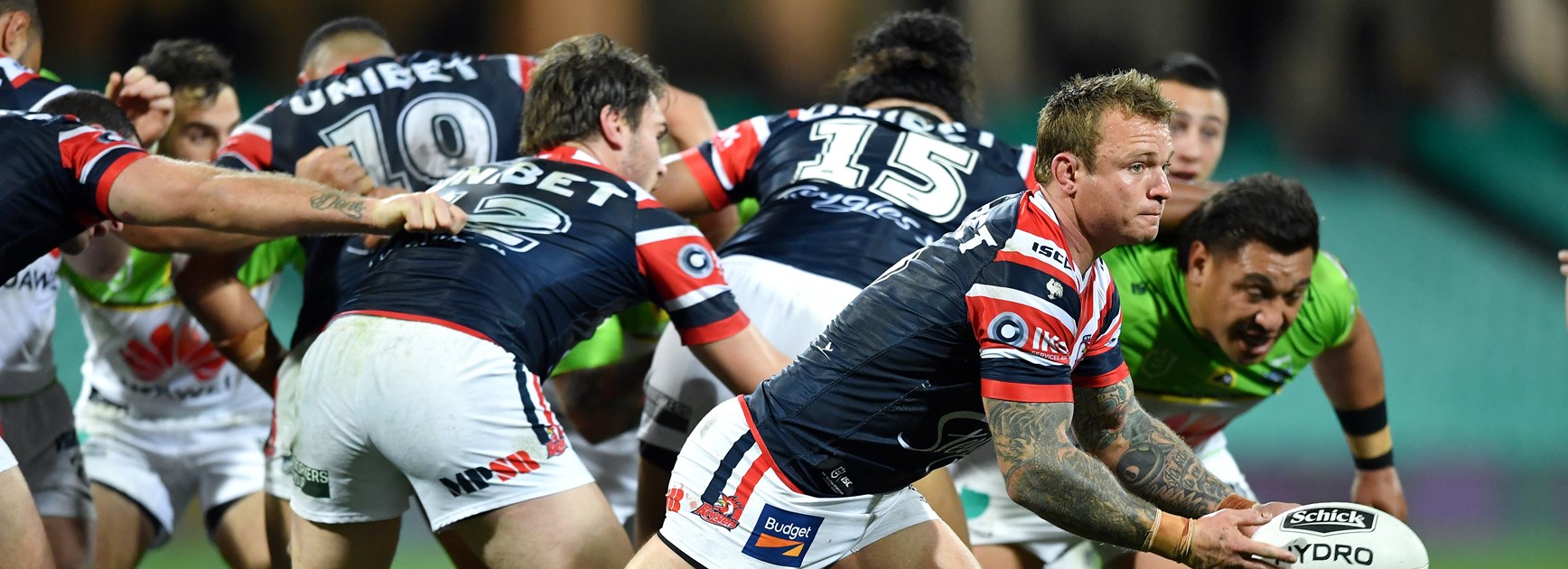
Scrums will be rarer but more valuable than ever in 2021 after changes to the NRL rules designed to speed up the game and increase attacking play by penalising negative tactics.
While the decision to increase the value of a field goal to two points if kicked from 40 metres out has attracted most attention, the rules changes likely to have more impact on the outcome of matches are those involving scrums and penalties.
Of the eight changes recommended by the NRL Innovation Committee on Monday and ratified at Friday’s ARL Commission meeting, three involve replacing a penalty or scrum with a play-the-ball, with:
- Six-again called for offside to discourage teams from infringing the 10-metre rule near their own try-line;
- A play-the-ball restart if the ball or a player in possession goes over the sideline, and;
- A handover if a player does not make a genuine attempt to play the ball correctly.
A fourth rule change ensures the few occasions scrums are required will now be viewed as a genuine attacking opportunity as players packing down will need to remain bound until the referee calls "break" or risk a full penalty.
Risk or reward: Two-point field goal explained
This enables the team receiving the penalty to kick for goal but significantly they can choose to reset the scrum and have another attempt at scoring a try.
If the defending team again breaks early from the scrum, the offending player will be sin-binned and his side forced to play a man down for 10 minutes.
It is anticipated these changes will discourage back-rowers from breaking early from a scrum to prevent the attacking team from getting players in one-on-one situations or gaining an overlap out wide by spreading the ball quickly.
There was a significant increase in the number of tries scored from scrums last season after the attacking team was allowed to choose whether to pack the scrum 10 or 20 metres in from the nearest sideline or in the centre of the field.
Most teams opted for the centre of the field to split the defence and in Origin II at ANZ Stadium, the NSW team scored two tries by overloading one side of the field with four attacking players against three tacklers.
However, on 15 occasions last season players were penalised for breaking too quickly from a scrum in the knowledge that the opposition would receive a differential penalty and they had time to set their full defensive line.
The expansion of the six-again rule to include offside breaches will also prevent teams conceding penalties near the try line to reset their defensive line – a tactic some teams even practise.
Playmakers will also no longer be able to slow down the game as much if their team is winning by kicking the ball into touch just inside the field of play and conceding a scrum near the opposition try line.
The best try savers from the 2020 season
Instead they will risk a counter-attack as the game will resume with a play-the-ball 10 metres from the try line and if the team receiving the ball acts quickly, play could restart against a staggered defensive line.
By awarding a handover instead of a penalty for an incorrect play-the-ball, the team receiving possession can quickly resume play rather than allowing the offending team from getting their defence organised while the opposition kicks for touch and takes a tap.
Of the other changes announced on Friday, the requirement any player whose injury prompts a trainer to signal to the referee to halt play to be interchanged or leave the field for two minutes is similar to the FIFA rule to discourage diving.
Referees need to err on the side of player safety when a trainer signals to stop the game due to injury but teams are less likely to manipulate the rule if they have to defend a player down for an entire set of six or longer.
The decision to enable teams to retain their captain’s challenge if replays are inconclusive follows the lead of cricket and only applies if there is not sufficient video footage to make a decision – not for 50-50 calls like a strip or loose carry.
If there is video evidence to overturn a try ruling by the referee, the Bunker now has the authority to do so and will review every try awarded while the goal kicker is preparing a conversion attempt.
Paulo awarded try on field
The decision significantly reduces the risk of a howler like when South Sydney winger Jaxson Paulo put a foot into touch during last season’s round-18 match against Canterbury but the try was awarded on the field and the Bunker was unable to intervene.
The change was trialled at the end of last season and proved successful, although goal kickers will need to wait until the Bunker has confirmed the try rather than rushing their conversion attempt before it could be overturned.
Another trial rule requiring forwards to pack into scrums in a bid to prevent halfbacks standing in the front row was not approved as it was difficult to police given that players can often change positions during a match.


